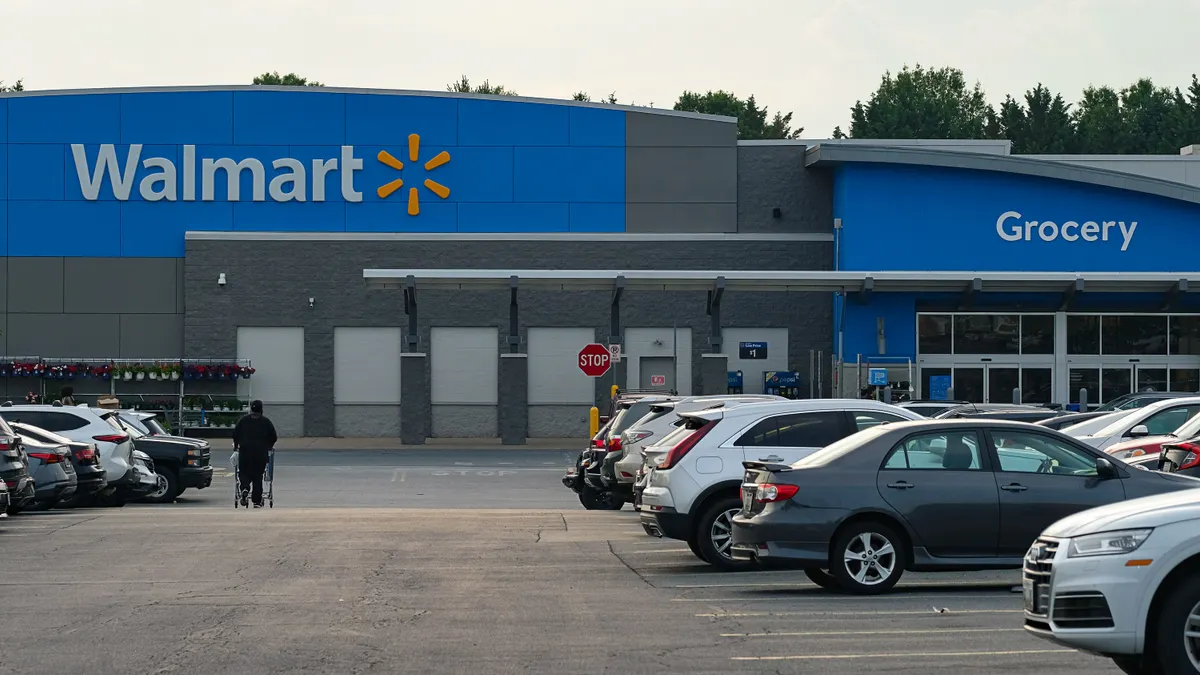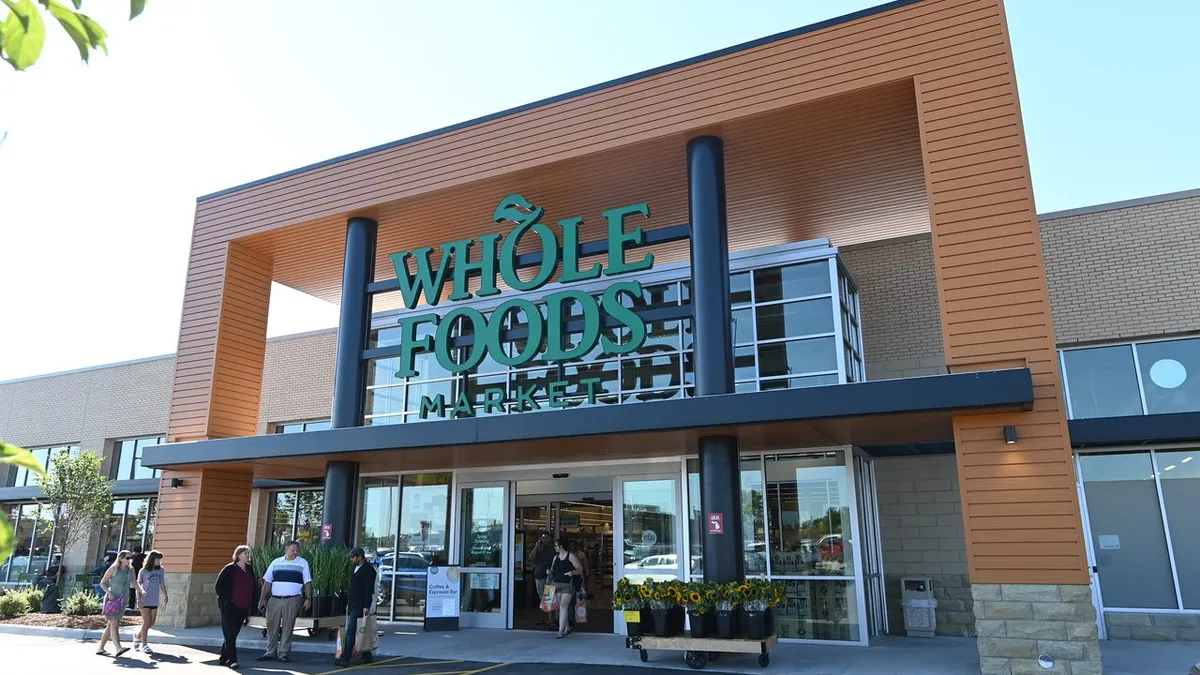Dive Brief:
- Research firm Magid has found that half of American grocery shoppers visit three or more stores to buy food and household supplies, reports USA Today. This translates to a fragmented shopping experience where many grocers and different types of retailers stand to win.
- “We’re in the throes of the decline of the one-stop shop," Magid Senior Vice President Matt Sargent told USA Today. "We’re seeing smaller specialty stores pulling from super centers and the traditional grocery stores."
- A Kroger spokesperson told USA Today that the retailer is primarily trying to win consumers' “share of stomach,” saying that even its most loyal customers on average spend just 50 cents of every food dollar at the retailer.
Dive Insight:
Acquisitions aside, the number of ways for existing grocery retailers to grow sales is fairly straightforward: open new stores, attract new shoppers or grow “share of stomach” among existing shoppers. Given the ultra-competitive and over-stored state of the U.S. grocery sector, the first two strategies are pretty tough to accomplish these days. That leaves grocers placing increasing stock in the latter: maximizing share of stomach by getting current shoppers to spend more in their stores.
But selling more products is easier said than done, considering Magid's latest research that shows half of U.S. consumers aren't loyal to any single grocery store and are going many places to check off their shopping lists. This means consumers are likely cherry picking stores for the best prices and deals on everyday staples — or going online to do so — and then rounding out the remainder of their food and grocery needs at stores based on selection.
Retailers must be on their games when it comes to both competitive pricing as well as staying relevant by offering selections, services and solutions that drive traffic and build basket size.
Increasingly, this means more experiential retailing: providing something unique and fun to draw shoppers in and encouraging them to stay longer and spend more while in stores. Grocers are experimenting with a variety of in-store experiences — like adding restaurants, prepared meal solutions, in-store bars and cooking/product demos.
Grocers also are continually looking at ways to improve assortments. But by no means does this translate to increasing SKUs. Instead, the most successful stores do their homework to understand local market needs and provide a smartly curated assortment that resonates with shoppers. This could mean honing private label versus branded products. It could mean an increased focus on the perimeter and fresh departments rather than the center store. Or it could mean a greater emphasis on natural and organics, locally made specialty items, or ethnic products.
The fragmented shopping experience illustrated by the Magid study is probably music to Amazon’s ears. With so much shopping around, the massive e-tailer stands to pick up food shoppers attracted by its low prices, convenience of ordering online, and its broad and deep product selection.
However, buying groceries online doesn't satisfy the experience some shoppers seek. This is where the Whole Foods acquisition comes into play. By adding additional food capacity — particularly fresh foods — in a physical store setting, the Amazon/Whole Foods deal gives the once online-only giant that much more ammunition. It’s now set for grocery disruption not only with a price competitive one-stop online offer, but also a physical presence in Whole Foods.









